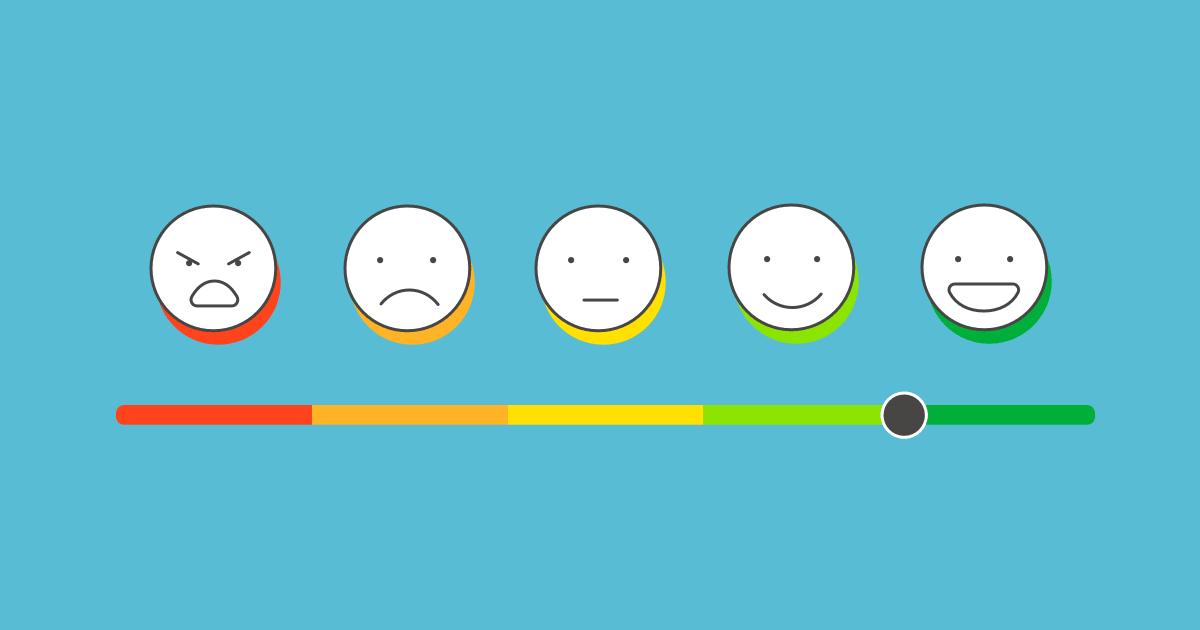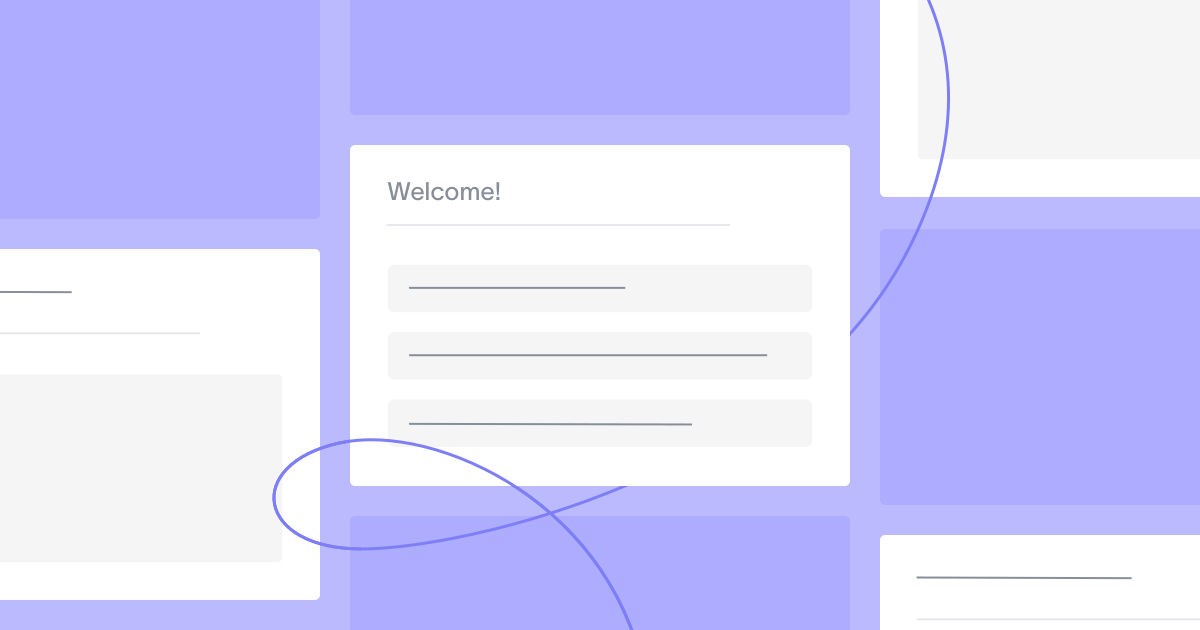How do you know what your customers are thinking? The only effective way to get into the mind of your audience is to ask them directly – and to do that successfully, you will need to understand and use Likert scale questions.
What is a Likert scale?
A Likert scale is a rating scale used to measure attitudes, perceptions, and opinions. Often used in market research and social science surveys, researchers use the scale to understand views and sentiment toward a product, service, brand, or market. The scale is named after its inventor, American psychologist Rensis Likert.
You’ve probably encountered Likert scale questions before. Whether you’ve received an email asking “How satisfied are you with your transaction?” after purchasing an item or “How likely are you to return?” after receiving a service – Likert scale questions are everywhere. They’re one of the most popular and easy ways of measuring attitudes in market research.
Created in 1932, the Likert scale is a survey model that typically includes 5 to 7 answer options that range from strongly agree to strongly disagree, with a neutral option in the middle. The Likert scale evaluates feelings towards a statement (also known as the Likert item) being asked. The scale can be used to measure a variety of different sentiment themes including likelihood, agreement, quality, frequency, and importance. [1]
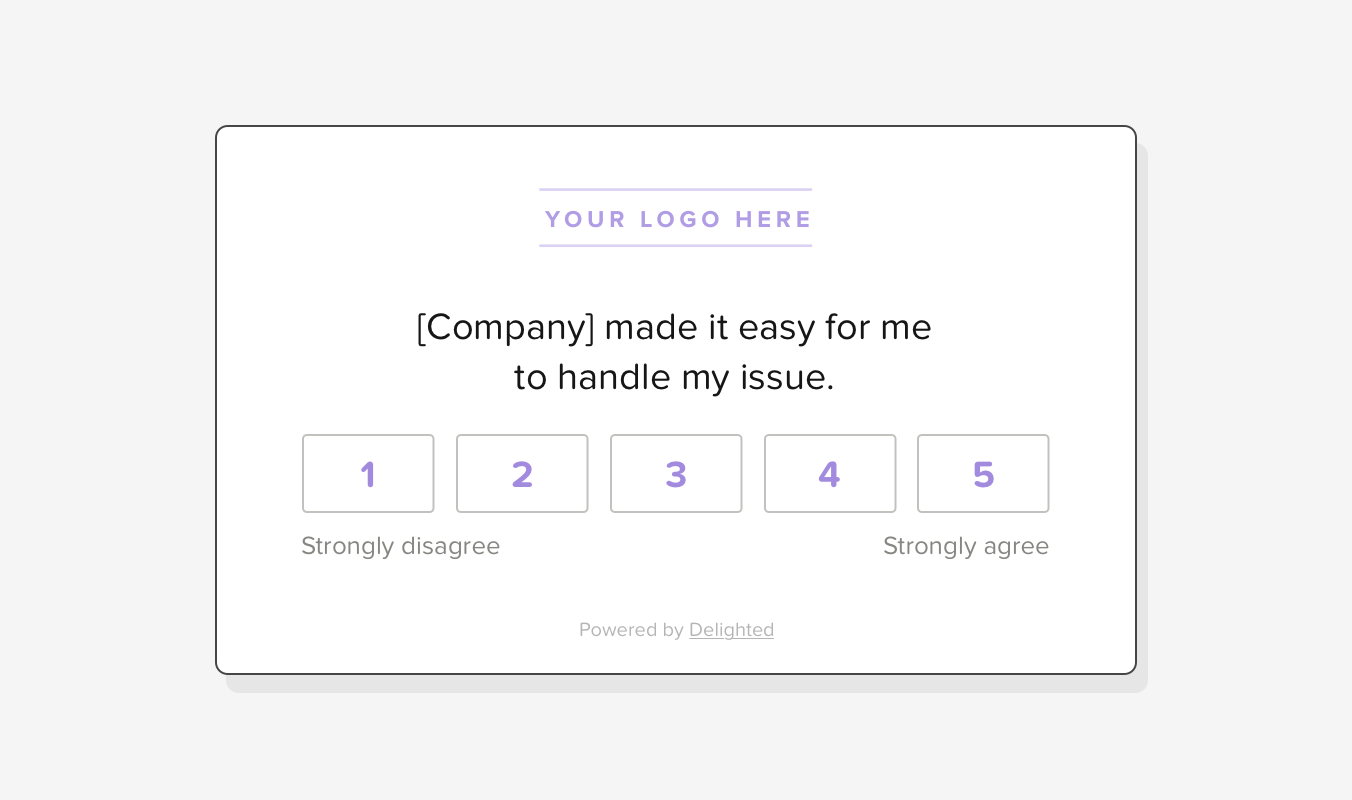
Tallying up the results for your Likert scale survey questions is easy. Just add up the numbers (or ordinal data) associated with each value sentiment to produce an overall score, e.g. 1 = strongly disagree, 3 = neutral, 5 = strongly agree. The Likert scale is also known as a “summative” scale for this reason.
Advantages of using a Likert scale
“Why is the Likert scale so popular? It is easy to construct, and most importantly, it works.”
– Jon A. Krosnick, Thomas M. Ostrom, Charles F. Bond, Jr., and Constantine Sedikides [2]
As mentioned in the quote above, the ease of setting up a Likert scale is one of the many Likert scale advantages. The easier it is for you to ask your questions, the easier it is for your customers to provide the insights you need.
Measuring feedback through Likert scale questions also provides more nuanced insight into the intensity of your audience’s feelings compared to a simple yes or no question.
It’s also a simple way to generate information for data analysis. A Likert scale-based customer satisfaction survey can be quick and easy for customers to answer, but also for you to analyze.
Better than binary-answer questions, Likert-type questions give you more data to work with on customer intention, their perspective on your products and services, and the importance they place on certain topics. And, it’s easier to analyze answers from your respondents with Likert’s quantitative questions than using open-ended questions which capture verbatim, qualitative feedback.
TIP: Learn how to optimize your survey collection method with a mixture of quantitative Likert scales and qualitative open-ended questions here: Qualitative vs. quantitative research: What’s the difference?
Examples of Likert scale questions
To help you get started, we’ve gathered a list of some of the best and most common Likert questions to ask through Customer Satisfaction Score (CSAT) surveys, Customer Effort Score (CES) surveys, and Rating Scale Additional Questions (AQ). Head over to our full list of popular customer satisfaction questions for more, or read over the examples below.
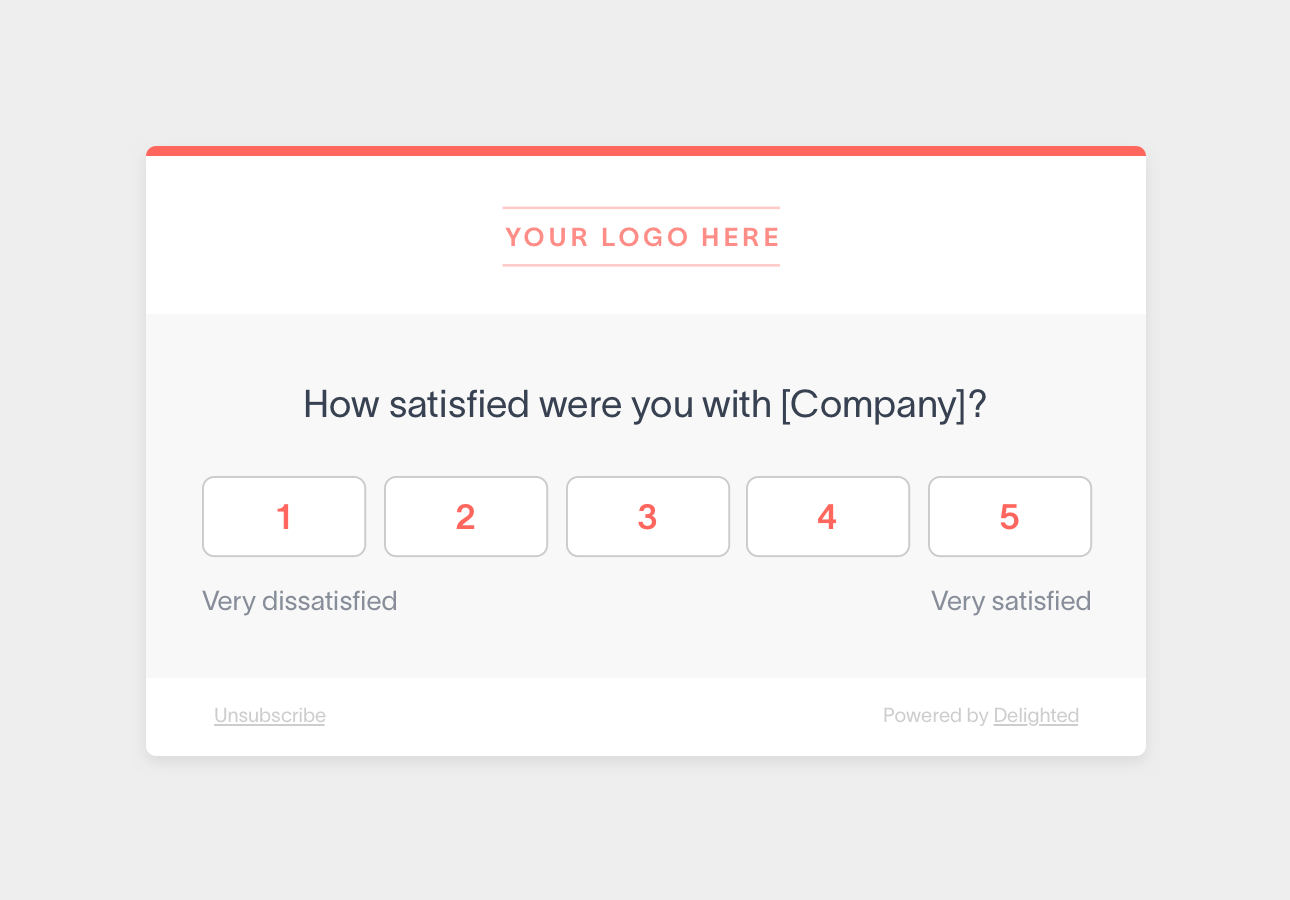
- CSAT: How satisfied are you with [product/service]? Answer scale: 1 to 5, Very dissatisfied to Very satisfied
- CES: [Product feature] made it easy for me to accomplish [feature goal]. Answer scale: 1 to 5, Strongly disagree to Strongly agree
- AQ: How satisfied are you with the quality of the product? Answer scale: 1 to 5, Very dissatisfied to Very satisfied
- AQ: How likely are you to [repurchase/renew the contract]? Answer scale: 1 to 5, Very unlikely to Very likely
- AQ: This [product/service] helps me accomplish my goals. Answer scale: 1 to 5, Strongly disagree to Strongly agree
- AQ: My association with [brand/service] was a positive one. Answer scale, 1 to 5, Strongly disagree to Strongly agree [6]
TIP: For a fun twist on a traditional Likert scale, use smiley face surveys to gauge customer sentiment in a visually intuitive and universally recognizable way.
4 tips for creating a Likert scale survey
To design a successful Likert scale survey, there are a few key factors to take into consideration. Here are our best practice tips to follow when creating your survey.
1. Keep the ordinal scale points odd
Researchers suggest that an impactful Likert scale has an equal number of positive and negative sentiment selections with a neutral midpoint in case the reader neither agrees nor disagrees with the statement or question. Keeping the rating scale with an odd number of values and with a neutral “No opinion” middle ground allows for the reader to not feel pressured or biased towards either the positive or negative sides of the point scale. [5]
2. But make sure it’s not too many
Likert items can have up to as many as 11 scale points for a reader to choose from, but what’s the right number of points to include for effective measuring? Researchers find that too many Likert scale options can cause confusion and lack of data validity, while too few scale points can’t appropriately measure the reader’s distinction between the sentiment points. Studies also suggest that the optimal amount of scale points to include is 5 to 7. [3]
3. Use positive and negative statements
Have confidence in your data by considering asking reversed positive and negative statements. For example, if you have a positive statement such as, “I appreciate that Hem & Stitch’s new clothing line has styles for all ages” and the user “Strongly Agrees” with the statement, try including a negative statement such as “Hem & Stitch’s new line has too many style options.” to see if the same user responds negatively to the statement. That way, you can be certain that your reader is paying attention and that your Likert scale data is sound. [4]
4. Avoid double-barreled questions
Your questions should be clear and straightforward to avoid confusion, which can prevent your recipients from completing your survey. Make sure you’re not asking double-barreled questions, or questions that have multiple options for people to respond to. “Would you recommend this product to a friend and how likely are you to do so?” would be one example.
Using Likert scale questions to understand your audience
Here are our top tips for making your Likert scale survey more effective.
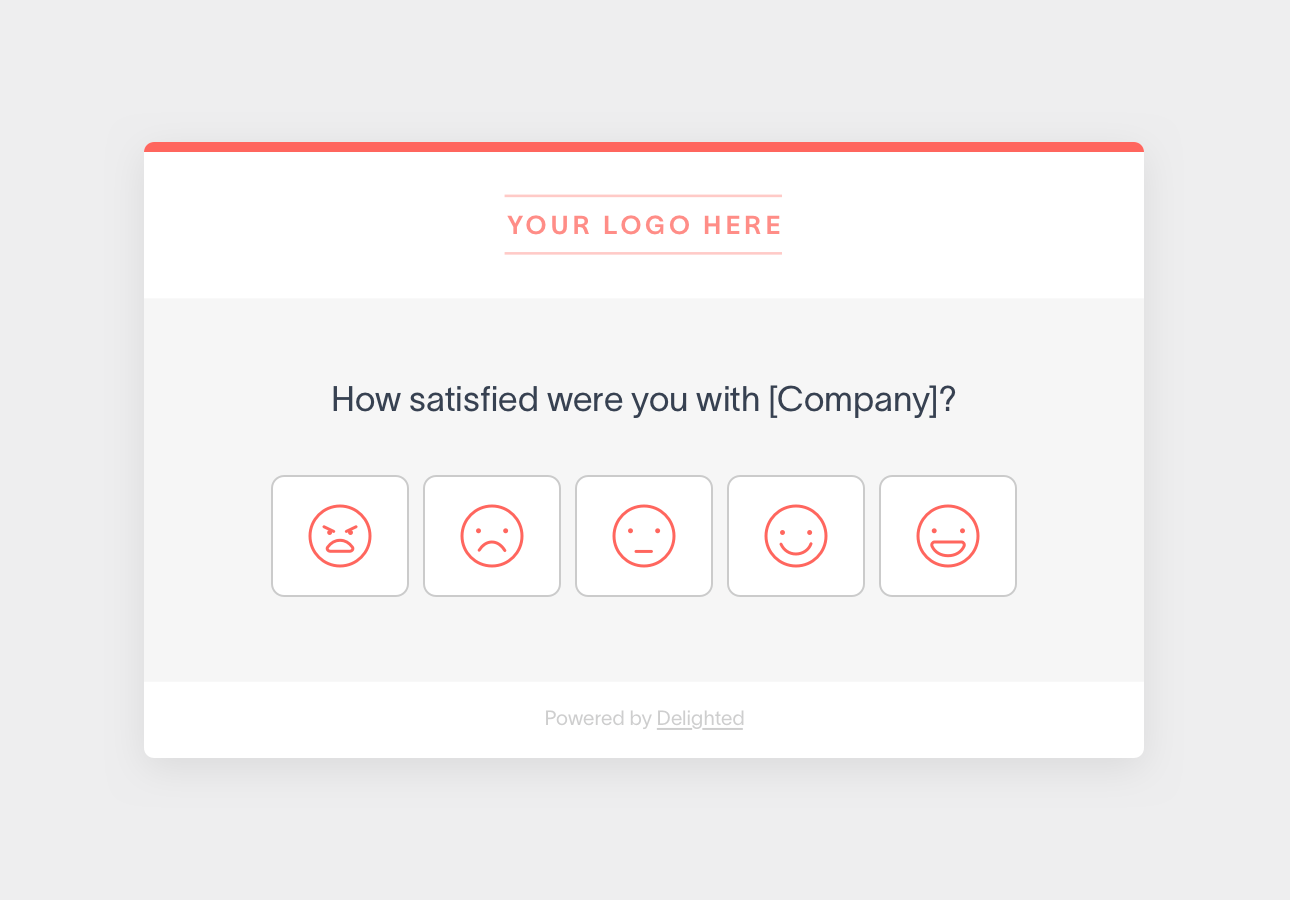
Make sure your questions are clear
When using Likert or other rating scales, it’s important to make sure your questions are clear, specific, and unbiased. We’ve provided 7 examples of bad survey questions to avoid as you’re building out your surveys and other Voice of the Customer question examples that help bridge gaps between what your brand provides and what the customer expects.
Account for potential bias
When surveying sets of individuals, you always want to consider how biases can skew your data.
Acquiescence response bias, for example, is the common tendency to agree with all statements/questions asked. To avoid this, make sure you have a neutral midpoint, balanced questions, and the appropriate amount of positive and negative scale points to ensure the bias does not compromise the data from your responses. [2]
There’s also nonresponse bias, where recipients of your survey don’t want or are unable to complete your survey.
Use your Likert scales at the right time
Likert-type survey questions should be used for the right purposes. These types of questions are most effective when examining a specific issue or topic for further information or nuance.
For example, a Likert scale survey question can be used to see how your audience feels about a new product, or what they think of your customer service. They’re best used to get greater detail – or variance – about a specific topic, rather than a general view.
Use Delighted surveys with Likert scales to get to the heart of your customers’ opinions
Surveying customers for feedback is essential to improving your business, and making sure you’re using the best assessment tools (such as a Likert scale) for that data is even more crucial.
You can easily create Likert scale questions with Delighted’s free Customer Satisfaction (CSAT) and Customer Effort Score (CES) survey templates for web intercept, link, or email. You can also create your own custom Likert scale questions through the Additional Questions (AQ) feature.
Likert scale survey questions are a proven method for confidently surveying your audience. Start building your Likert scale survey today with our free online survey maker, and get the insights necessary to scale your brand for long-term success.
References:



